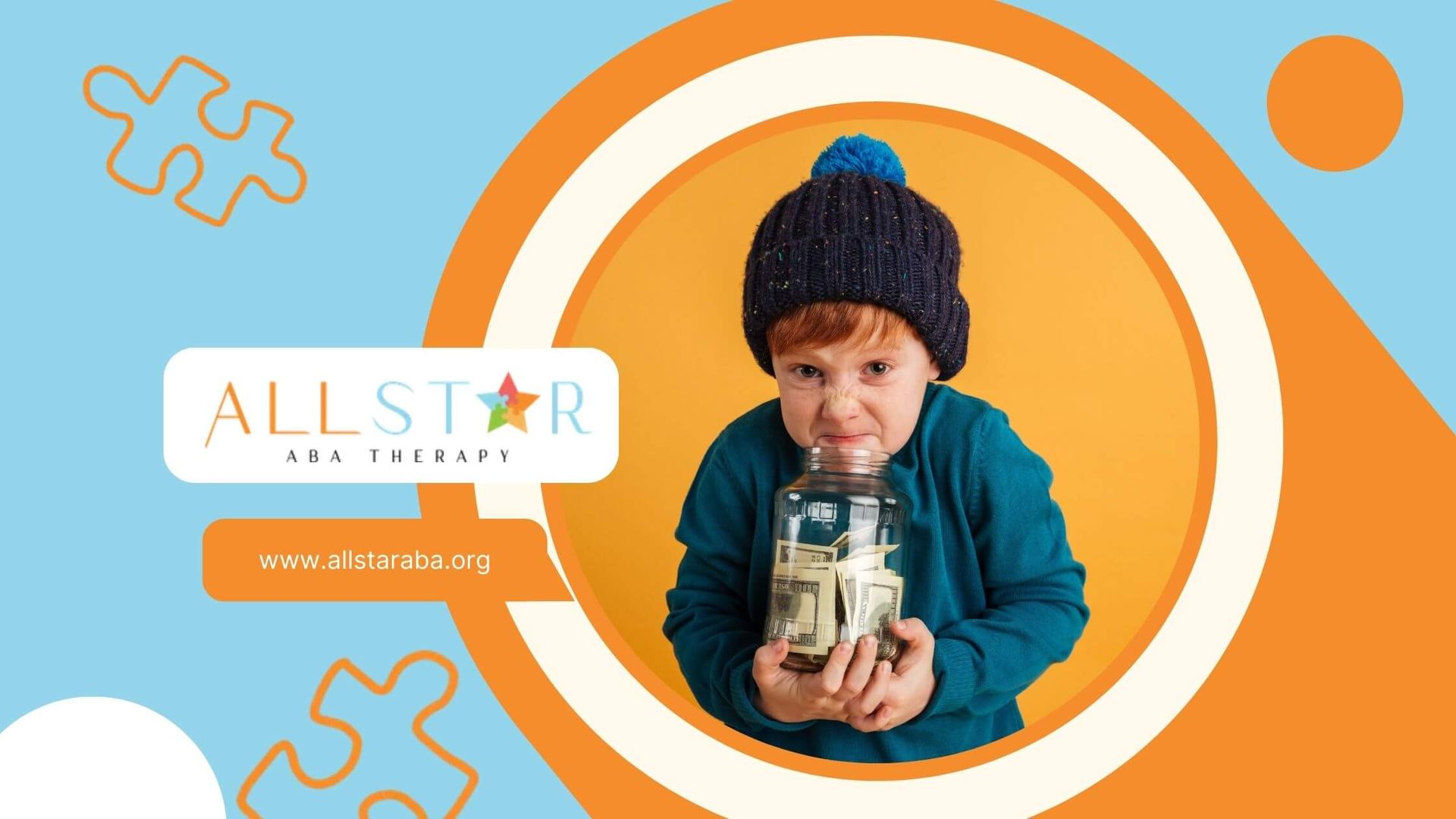New Paragraph
A Guide to Improving Lives of Children With Autism Through ABA Therapy
Autism Spectrum Disorder (ASD) is a complex developmental condition that affects communication, social interaction, and behavior. For families navigating this journey, finding effective interventions is crucial. Applied Behavior Analysis (ABA) Therapy has emerged as a leading approach, offering tailored strategies to support individuals with autism in reaching their full potential.
Understanding ABA Therapy
ABA Therapy operates on the principle that behavior is influenced by environmental factors, and by modifying these factors, desired behaviors can be increased while challenging behaviors are decreased. It involves breaking down complex skills into smaller, more manageable steps, making it easier for individuals with autism to learn and generalize new behaviors across different settings. ABA Therapists work closely with clients to develop individualized treatment plans based on thorough assessments of their strengths, needs, preferences, and learning styles.
Targeting Core Areas
ABA Therapy encompasses a wide range of skills and behaviors, including communication, socialization, self-care, academic skills, and adaptive functioning. By systematically targeting these core areas, ABA aims to improve overall functioning and enhance quality of life for individuals with autism. Through structured teaching methods, reinforcement strategies, and data-driven decision-making, ABA Therapists help clients acquire and master essential skills that promote independence and success in various aspects of life.
Early Intervention
Research consistently demonstrates the benefits of early intervention for children with autism. The plasticity of young brains makes them more responsive to learning and behavior change, making early childhood an ideal time to implement ABA Therapy. Early intervention can help mitigate the long-term effects of autism by addressing developmental delays and teaching foundational skills that form the basis for future learning and development. By intervening early, families can provide their child with the best possible chance for positive outcomes and improved long-term prognosis.
Building Communication Skills
Communication deficits are hallmark features of autism spectrum disorders, presenting significant challenges for individuals in social, academic, and vocational contexts. ABA Therapy employs a variety of techniques to enhance communication skills, including discrete trial teaching, naturalistic teaching strategies, and augmentative and alternative communication (AAC) devices. By systematically teaching language and communication skills, ABA helps individuals with autism express their needs, desires, thoughts, and feelings more effectively, leading to improved social interactions and greater participation in everyday activities.
Fostering Social Interaction
Social deficits are another core characteristic of autism, often manifesting as difficulty in understanding social cues, interpreting emotions, and engaging in reciprocal social exchanges. ABA Therapy addresses these challenges by teaching social skills in a structured and systematic manner. Therapists use role-playing, social scripts, video modeling, and peer-mediated interventions to teach social norms, perspective-taking, and friendship skills. By providing opportunities for social interaction and practice in real-world settings, ABA helps individuals with autism develop meaningful relationships and navigate social situations more successfully.
Managing Challenging Behaviors
Challenging behaviors, such as aggression, self-injury, and tantrums, are common among individuals with autism and can pose significant barriers to learning and social integration. ABA Therapy employs functional behavior assessments (FBAs) to identify the underlying functions of these behaviors and develop targeted interventions to address them. Strategies such as reinforcement of alternative behaviors, environmental modifications, and teaching self-regulation skills are used to decrease problem behaviors and promote adaptive functioning. By understanding the function of behavior and implementing proactive strategies, ABA helps individuals with autism develop more positive and adaptive ways of interacting with their environment.
Empowering Families
Families play a critical role in the success of ABA Therapy interventions. Parent training programs provide caregivers with the knowledge, skills, and resources they need to support their child's learning and development at home and in the community. These programs teach parents how to implement ABA techniques, manage challenging behaviors, and create supportive environments that promote positive outcomes. By involving families as active participants in the therapy process, ABA maximizes the impact of interventions and empowers parents to become advocates for their child's needs.
The All Star ABA Difference
At
All Star ABA, we understand the unique challenges faced by families affected by autism, and we are committed to providing compassionate, evidence-based care that meets the individual needs of each client. Our team of highly trained and experienced professionals is dedicated to helping individuals with autism reach their full potential and achieve meaningful outcomes across all areas of life. Through comprehensive assessments, personalized treatment planning, and ongoing collaboration with families, we strive to make a positive difference in the lives of those we serve. Let us partner with you on your journey to success.
Need Support?
We're Here to Help!
Our experienced team is ready to assist you. Reach out today to discuss how we can support your child's development and well-being.
Get started with expert ABA therapy today.








